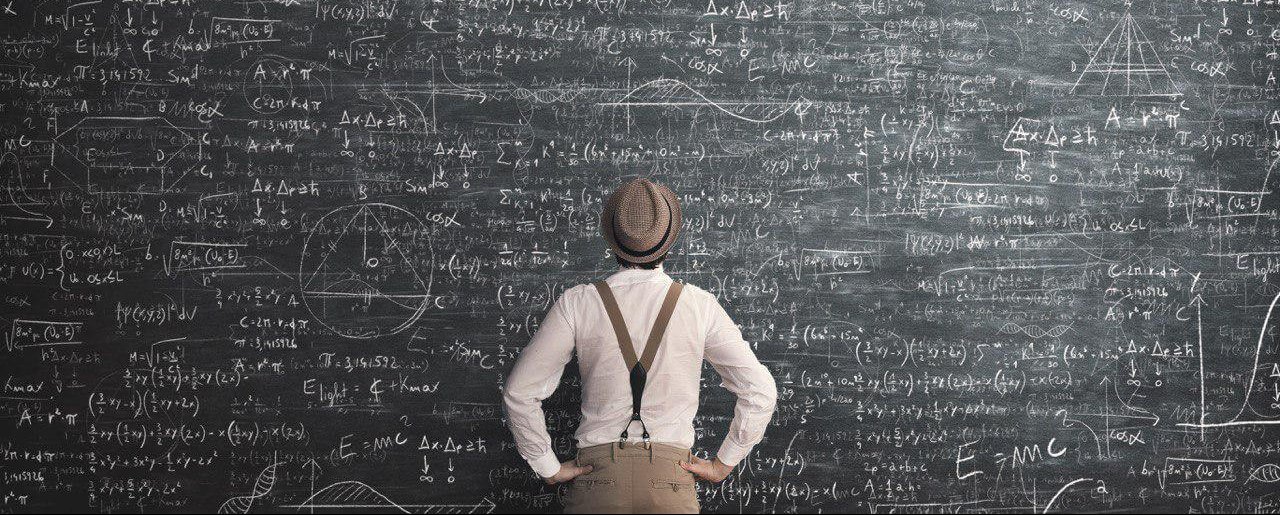
How to Calculate Cost of Your Product
Product costs are those costs which are closely associated with purchase and sale of goods. In case of production, product cost denotes acquisition and conversion of materials plus all the other manufacturing input cost which are required to make finished product ready for sale. Under two methods of costing i.e under absorption costing, product cost is represented by total manufacturing costs while under marginal costing, it is represented by variable manufacturing costs. Product cost basically includes direct material, direct labor and manufacturing overhead. Direct material and Direct Labor falls under Direct Product Cost while Manufacturing overhead and other expenses are included under Indirect Product cost. In costing terms, indirect product cost is also popularly called as overheads.
Direct Product Cost
The objective of cost is important to recognize whether a cost is direct or indirect. If a cost can be directly traced back or attributed to the product, it is called direct product cost. For example, bricks are required to build a house. The cost of bricks can be directly traced and hence, this is direct product cost. Direct costs are variable meaning when the level of production increases, the direct cost also increases and vice versa. The direct material and direct labor costs are often popularly called as value added costs. There are two types of direct product cost as explained below:
- Direct Material Cost: These are raw material costs which are easily recognizable in the product like wood for furniture, cotton for garments and so on.
- Direct Labor Cost: Direct labor costs are wages, salaries, employee benefits, etc which are paid to employees and can be directly traced back to a product. These employees are directly involved in manufacturing and producing the goods. For example, cost associated to labor assembling the product can be regarded as direct labor cost.
Indirect Product Cost
These costs cannot be directly traced back to a product. Indirect product costs are also called manufacturing overhead as they are indirectly factory-related costs to a product. These costs are often ongoing cost of operating factory or business operation affecting entire portfolio of company products and not just a single product. These costs include:
- Indirect material costs: Indirect materials are used in production process of a product but not directly traceable to a product. For example, material costs such as cleaning supplies, tape and other tool costs.
- Indirect Labor costs: Labor costs that make the production possible but cannot be assigned to particular product are indirect labor costs. For example, salary of security guard of factory, salary of factory supervisor overseeing assembly employees and so on.
- Other indirect costs: These costs include factory rent, insurance and other costs with regards to factory utilities.
In a nutshell, indirect product costs are also regarded as non-value-added costs meaning they cannot be easily recognizable to a particular product. While preparing cost sheet, it is important to categorize expense to process and thereafter whether they are direct or indirect product cost. Hence, the concept of product cost is important to understand other costing concepts.